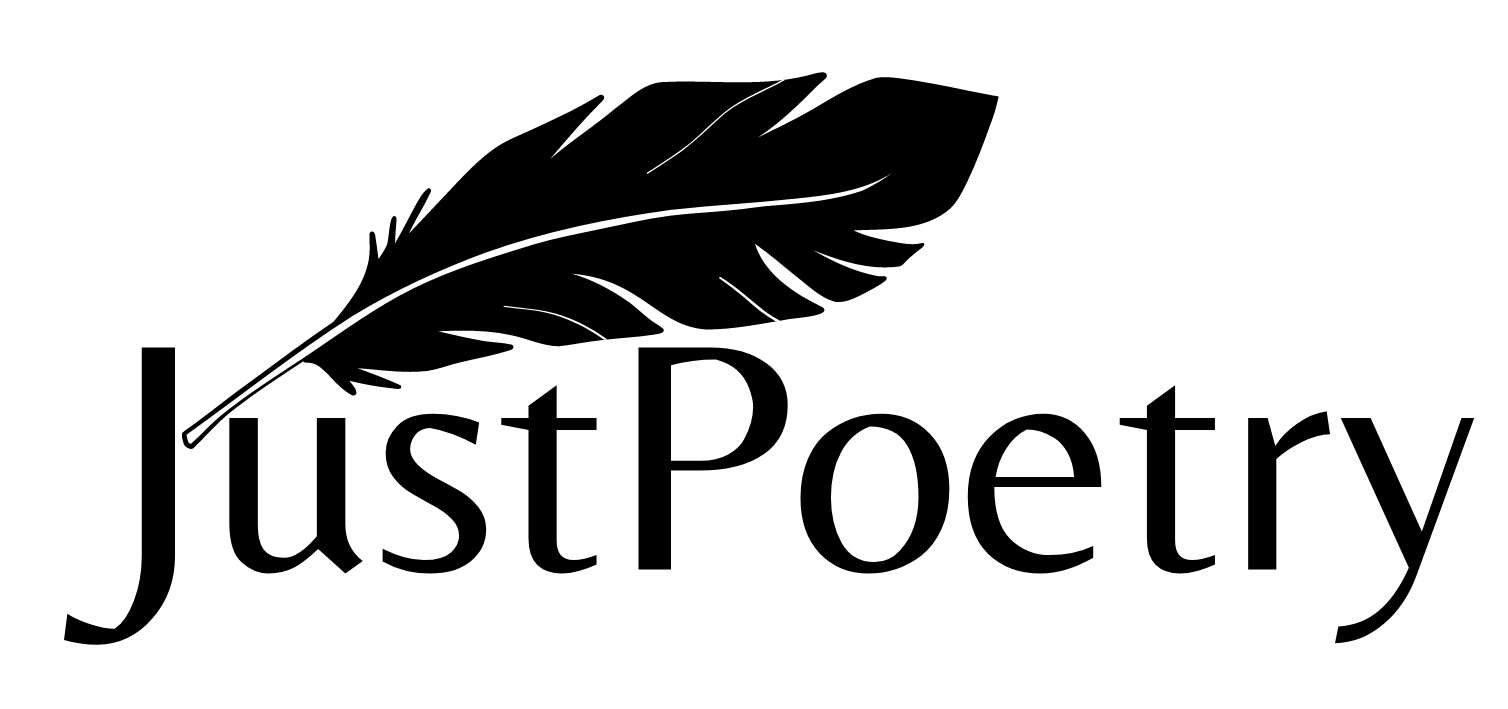A Brief History of Poetry: Exploring the Evolution of Poetry Through the Ages
Introduction to the History of Poetry
Poetry is the art of creating beautiful and powerful pieces of writing. It has been around for centuries and is produced by poets inspired to communicate their innermost thoughts through verse. Poems can take many forms, from sonnets to free verse, but all successful poems have an element of rhythm, rhyme and imagery that resonates with their readers.
At its core, poetry is a way for someone to express themselves concisely yet evocatively. It allows them to put into words emotions or ideas that cannot be said any other way. They use language to create vivid images in the minds of their readers so they can better understand what they are trying to say. The beauty of poetry lies in its ability to convey deep meaning without using too many words or too much explanation – it’s all about the economy of language!
Overview
The Origin of Poetry & Poem
Oral tradition and Storytelling
Oral tradition and storytelling have been integral to poetry throughout the centuries. Storytelling has been used to convey ideas, values, wisdom, knowledge, and culture from generation to generation long before the written word was introduced. It is a tradition that has existed for thousands of years.
The power of spoken words can be seen in poetic forms such as epics, folk tales and lyrical poetry. From ancient oral texts like Homer’s Odyssey to modern-day rap battles, storytelling has been a powerful form of expression used by people worldwide to convey messages through rhyme and rhythm. Oral tradition serves as a cultural bridge between past and future generations by providing a living source of information about the experiences of those who came before us. In this way, it contributes significantly to our understanding of the human experience.
Folk Poetry
Poetry has been a part of history since ancient times. The earliest poetry were found in folk poems or ballads, passed down orally from generation to generation. These popular or folk poems featured simple, repetitive language and often told stories about everyday life.
The traditional use of these compositions by various cultures allowed for them to be shared widely across many geographical boundaries and acted as a way for people to connect despite their distance. As communication became more widespread, folk songs began to spread further beyond the regions they originated from and grew in popularity. They evolved and came to represent different themes, such as love, loss, freedom, culture and identity.
Today these poetic traditions live on through modern forms such as rap music which still draws heavily from the styles of older folk songs.
Ancient Civilizations
Poetry is one of humanity’s oldest art forms, with surviving examples from the ancient world providing a window into the beliefs and practices of different civilizations. Ancient Greece and Rome were two of the earliest civilizations to adopt poetic expression, with their works holding an important place in literature.
The Greeks are credited with creating the first genuine poems, written in various meters such as dactylic hexameters and iambic trimeter. In Ancient Greek, these works were composed by poets such as Homer and Hesiod who wrote about gods, kings, legends and everyday life. Readers can gain insight into how Ancient Greeks viewed their own culture and values through these compositions. Meanwhile, Roman poetry was heavily influenced by Greek verse but evolved to develop its unique style and conventions which still influence literature today.
Role of Religion and Mythology
Religion and mythology have played an essential role in the origins of poetry. Ancient Greek mythology, in particular, has been a significant source of inspiration for artists throughout history. Epic poetry, such as Homer’s Odyssey or Virgil’s Aeneid, often draws on Greek gods and goddesses to craft stories that combine historical events with mythical elements. In addition to providing a source of characters and plot points, these stories also help to explain natural phenomena and the human condition at large.
The influence of religion extends beyond the Greek pantheon into Christianity as well. During the Middle Ages, religious themes were frequently explored through literature; religious allegory was used to explore moral principles while hymns sought to express emotions surrounding spiritual faith.
Evolution of Poetry
Middle Ages and the emergence of written poetry
The Middle Ages were a period of great artistic and literary achievements. During this time, written poetry was one of the most highly developed forms of expression. Poetic works flourished throughout Europe during the medieval period and their influence can still be seen in modern literature.
From courtly love poetry to religious hymns and epic tales, poets created works that explored themes such as honor, loyalty, chivalry, enmity and loss. Their writings helped shape European culture’s ideas and values for centuries to come. In particular, many medieval artists wrote about nature as a source of inspiration for their work—a trend still popular today.
The emergence of written poetry in the Middle Ages also impacted other arts, such as music and drama.
The Renaissance and the revival of classical forms
The Renaissance was a period of immense cultural and intellectual growth, marked by the revival of classical forms such as poetry. The development of poetic styles during this period demonstrated how ancient and modern modes could be fused to create vibrant, complex, and expressive works. During the Renaissance, epic poetry was prevalent; these lengthy works often took on a narrative form to recount themes from ancient mythology or historical sagas. Additionally, dramatic poetry emerged as a way to explore serious topics such as morality and philosophy through vivid dialogue between characters.
Poetry became a powerful tool for artists to express their thoughts elegantly – many famous writers used it as part of their creative process when reciting their work out loud or penning them down on paper.
The Romantic Movement and the emphasis on self-expression
Modern and Contemporary Poetry Movements
Modern and contemporary poetry movements have seen tremendous development over the past century. From the Imagist movement of the early 20th century to the Beat poets of the mid-century, modern and contemporary poetry also has grown in both styles and reach. The Imagist movement, which began at the turn of the 20th century, reacted to Victorian poetry’s focus on emotionalism; instead, they sought to be precise and sharp with their words. This movement gave rise to some greats such as T. S Eliot and Ezra Pound who explored language in ways that had never been done before.
The Beat poets were another significant influence on modern; Jack Kerouac led this genre into new territory with his spontaneous prose explored themes of freedom, nature, drug use and spirituality through his writing.
Types of Poetry
What is a Lyric Poetry?
It is a genre of literature that has been around for centuries, tracing its roots back to ancient Greece. It’s composed of verses and usually set to music, intended for performance rather than just reading. It has undergone many changes since it was first established in the Greek era, but it still holds an essential place in today’s culture.
In Ancient Greece, lyric poetry was used primarily as an accompaniment to musical instruments such as lyres or flutes; the lyrics were written with a specific structure and meter to fit the rhythm of the music being performed. Greek lyric artists included Sappho, Pindar and Anacreon who wrote about topics ranging from love and beauty to politics and philosophy. The themes explored by these early lyricists have remained relevant throughout history up until modern times.
What is a Dramatic Poetry?
A dramatic poem sometimes referred to as a dramatic monologue, is a poetic form that allows the writer to explore deep inner feelings and emotions. This poetry has been used for centuries to tell stories and express moods creatively and powerfully.
A good dramatic poem should be vivid and evocative. It should capture the reader’s imagination with vivid imagery, captivating language, and gripping metaphors. Furthermore, it should create an emotional connection with the reader by allowing them to feel the protagonist’s journey or struggle. To write good poetry, writers must convey emotion effectively through words while maintaining structure in their writing.
What is a Free Verse Poetry?
Free verse poetry is a form of literature where the poet does not adhere to any specific rhyme scheme or meter. Usually, artists write in this style to create a unique poetic experience that expresses their feelings without constraints from traditional poetic compositions. Free verse often follows natural patterns of speech and allows for more artistic experimentation than conventional forms of poetry.
Examples of free verse poems can range from short works such as haikus to full-length epics. There are no set rules regarding line length or structure, allowing poets great freedom in crafting their work. Good free verse poetry relies on persuasive language and imagery to engage readers and create emotional responses; these techniques can help make an otherwise ordinary poem come alive with deeper meaning. Additionally, many modern artists have used multiple methods such as alliteration and internal rhyme when writing free verse poems for added effect.
What is an Epic Poetry?
Epic poetry is one of the oldest and most significant forms of poetry, often regarded as some of the best poetic works. It is a long narrative poem that recounts the heroic deeds of a protagonist or hero, usually involving supernatural forces and events. Epic poems are an essential part of many cultures and civilizations around the world, from ancient Greece to India and beyond.
Epic poets use elaborate language with frequent references to mythology or religion to tell their stories. They often feature an elevated style emphasizing grandeur and power through hyperbolic expressions. It typically contains heroic characters with superhuman strength who undertake grand adventures on behalf of others, such as Odysseus in Homer’s The Odyssey or Beowulf in the Anglo-Saxon epic composition by the same name.
What is Performance Poetry?
Performance poetry is an art form that has been around for centuries and is a unique blend of traditional poetic writing with innovative performance styles. This type of poetry combines the traditions of poetry, such as rhythm and rhyme, with spoken word performances. Performance poets use their voices to create a powerful emotional experience for the audience.
They often draw upon themes from current events and ancient legends to deliver their message. They may also incorporate props or music into their performances to further emphasize their intended point. Through this combination of written words and performance style, some of the greatest poetry from around the world has been presented in this format. They have long been revered for their ability to emotionally engage audiences through thought-provoking works that explore human emotions and societal issues entertainingly.
Modern poetry has evolved from traditional forms in several ways
Modern poetry has come a long way from traditional forms and styles rooted in oral history. The development of modern poetry is generally seen as a break away from traditional verse structures, such as complex rhyme schemes and metrical standards. By the late 19th century, poets began experimenting with new methods and ways of expressing their ideas in writing.
The rise of free verse was key to this shift in poetic form, allowing the artist to express their thoughts without requiring strict rules and regulations. This opened up the possibilities for new word choice, sentence structure, punctuation rules, and more. Additionally, the modern poem can include visual art or performance art, which often triggers responses from readers that are beyond what words alone can create.
Furthermore, it also began to incorporate new themes and subjects, such as the urban landscape, industrialization, and the individual experience. Poets began to explore the inner thoughts and emotions of the individual rather than just the grand narrative of traditional poetry. This shift in focus allowed for a more personal and intimate connection between the poet and the reader.
Importance of Understanding Poetry’s Origins
Poetry has been around for centuries and is a form of literature in many different cultures. Since its origins, poetry has been used to express feelings, share experiences, and tell stories. As such, I believe it is important to understand where traditional poetry comes from if we are going to appreciate it today.
Understanding the origin of poetry allows us to gain a greater appreciation for the beauty and power of its words. For instance, many empires have used poetry to tell important stories about their people or culture – from Ancient Greece to China during the Tang Dynasty. Knowing this helps us realize why certain types, styles or meters were chosen over others by these civilizations and how those choices helped shape our modern interpretation of the art form.
Some FAQs
How has technology, such as social media, impacted how poetry is written and shared in the 21st century?
In the 21st century, technology and social media have changed how poetry is written and shared. From quick-fire quips on Twitter to intricate haikus on Instagram, it has never been easier for poets to express themselves or share their work with a global audience.
The quality of poetry is arguably higher than ever before. They can now access an array of platforms from which they can create, publish and distribute their work simultaneously; this has allowed them to reach larger audiences than ever before, making what was once a niche pursuit into something much more popular. This increased popularity has enabled a greater range of topics and styles – from a traditional poems like sonnets and odes right through to rap battles on Youtube – inspiring more people to take up the craft than ever before.
How has the publication and distribution of poetry changed in the 21st century?
In the 21st century, poetry has experienced a massive shift in publication and distribution. Previously, poets relied on physical books to reach their audience and be published. However, with the emergence of social media platforms such as Facebook, Twitter and Instagram, they now have a new channel for connecting with readers.
For example, many artists now use Twitter to post snippets of their poems for other users to read. Similarly, Instagram is an excellent tool for sharing examples of poetry visually through graphic art or spoken word videos.
Additionally, online bookstores such as Amazon, Google Books or Barnes & Noble make accessing complete collections of poems from around the world easier. This enhanced accessibility has been a game-changer for readers looking to explore new artists and their offerings without visiting physical stores or libraries.





